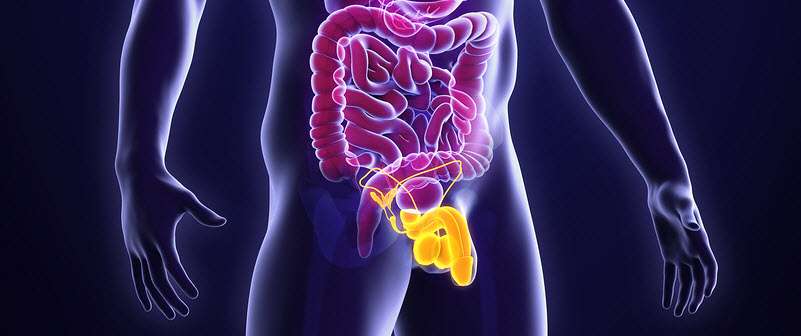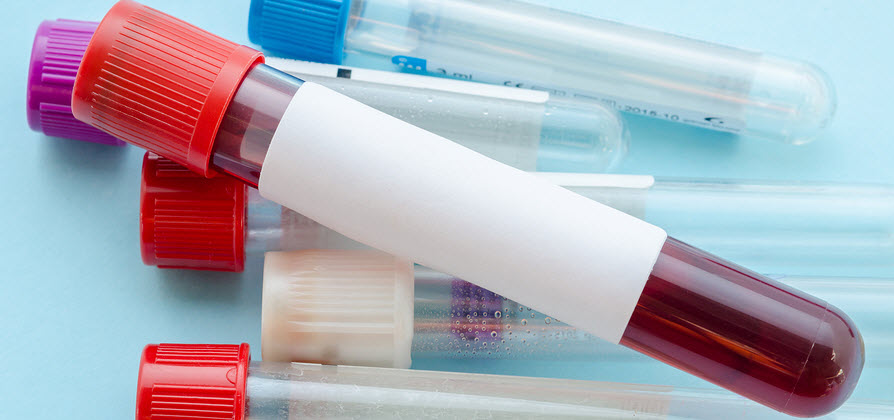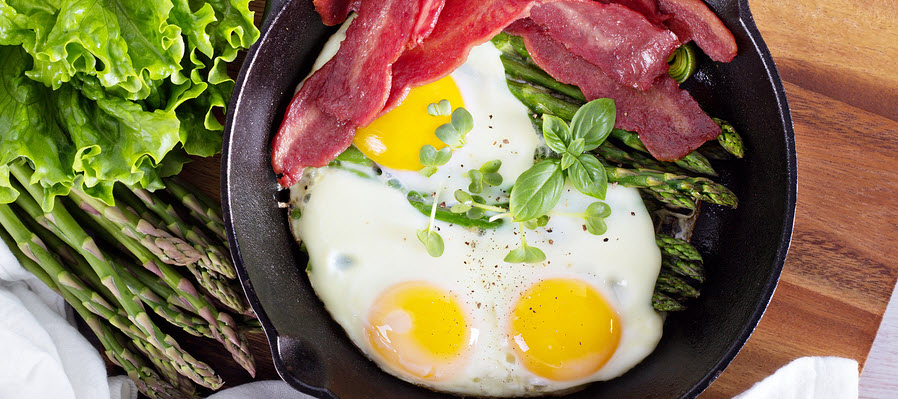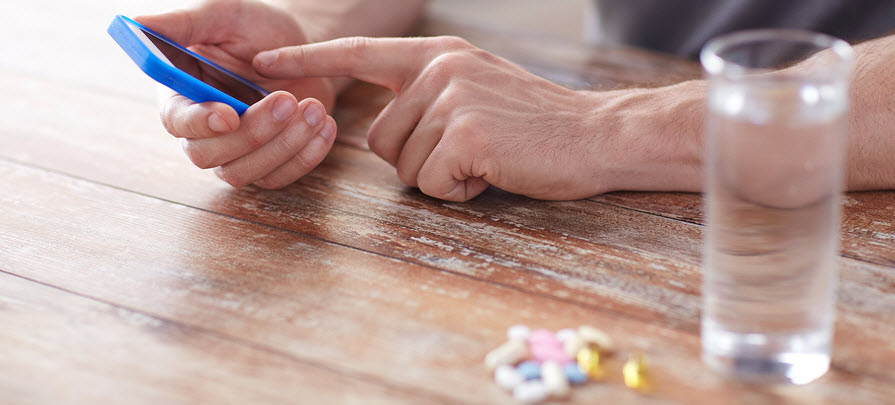We ship worldwide from the USA and UK
PRIME MALE BLOG : GET BACK TO YOUR PRIME
We ship worldwide from the USA and UK
PRIME MALE BLOG : GET BACK TO YOUR PRIME
Testosterone is the fuel that drives a man’s health. If you suspect Low-T may be your problem, we’ll show you the top proven methods to restore low testosterone naturally.
Is your drive not like it used to be? Too distracted, too busy, or too tired to have sex? You could be dealing with low testosterone levels.
The most common symptoms of Low-T are decreased sex drive, low energy, low self-confidence, man boobs, no “morning wood”, and an excess layer of fat.
You are also at serious risk for heart disease, diabetes, depression, weight gain, anemia, and brain disorders.
Fixing your T-levels will not only improve your overall quality of life. It could literally save your life!
Testosterone is what makes a man a man. Sadly, many men start to fall short as early as age 30. It’s a byproduct of living in our modern society.
Its natural for testosterone to begin to decline with age in any man. But it’s up to you to take action if you want to reverse this.
The good news is you can naturally get your body to release more of the male-hormone. Here you’ll learn the best diet, supplement, and training tips available today.
Table of Contents
So now we know how critical optimal testosterone levels are to our well- being. But where does it come from? And how is it made in the male body?
Getting a grasp on how testosterone works will help us understand why our T-levels may be low. And what we can do to boost it.
Testosterone is a 19-carbon steroid hormone made from cholesterol. And it is produced in your testicles.
The whole thing gets kicked off in your brain. Your hypothalamus sends a signal to your pituitary gland to release follicle stimulating hormone (FSH), and luteinizing hormone (LH).
FSH and LH make their way down to your testicles. FSH tells your testes to start sperm production. And LH stimulates the Leydig cells in your testicles to produce testosterone.
Leydig cells make T by converting cholesterol into testosterone. You heard that right. Cholesterol is the raw ingredient for making testosterone.
Leydig cells get most of it from cholesterol floating around in our bloodstream. This is why statin drugs kill testosterone production. Because they are designed to stop cholesterol!
If too much T is produced, the hypothalamus tells the pituitary gland to make less LH. Which in turn tells your testes to decrease testosterone levels.

When the problem is with your testicles it’s called hypogonadism. And there are two types.
Primary hypogonadism is a problem in your testicles. Secondary hypogonadism involves a problem with your pituitary gland. These can be caused by many things including:
The process to create testosterone in our bodies and use it is complex. This complicated process can break down anywhere along the production line. In a minute we’ll get into how to start fixing it.

Now we know the process by which we produce testosterone is complex. And there are a lot of ways things can go wrong. Causing our T levels to drop.
So fixing low testosterone is a little more complex than just hormone replacement therapy (HRT). Or trying to go “natural” with some supplement.
The first step is getting your levels checked. Ask your doctor to order the tests. Or find a lab that will do them for you. There are several reputable online blood testing labs that will do your labs for a reasonable price. (We’ll get into more detail in another article on getting your T tested).
There is no shortcut to easily boosting your testosterone. No matter what some websites and companies tell you. Increasing your testosterone comes down to making some changes. Including your diet, exercise and supplements.
And these are lifestyle changes. Once you reach your optimal testosterone levels, and are feeling good – you keep on doing it.
But the good news is that while the suggestions here will not only help boost your T-levels. You’ll also increase your overall health and well-being at the same time. The ultimate anti-aging regimen.
If you are overweight, you are more likely to have decreased testosterone levels. Excess sugar, and particularly fructose (as in high fructose corn syrup) is the culprit behind the obesity epidemic. Limit the amount of soda, processed foods, and fruit juice (and fruit) you eat.
Eliminate all grains and milk from your diet. Milk has lactose, which has been shown to increase insulin resistance.
Refined carbohydrates like cereals, pancakes, waffles, and other processed foods quickly break down into sugar in your body. Increasing your insulin levels and causing insulin resistance. Experts say this is the number one factor behind nearly every chronic disease. Including weight gain.

Replace all these with healthy foods like vegetables and healthy fats (including saturated fat). Bring on the bacon and eggs!
Your body needs the carbohydrates and cholesterol to make testosterone. But it prefers the carbs coming from micronutrient-dense vegetables because it slows the conversion to glucose. (We’ll cover diet in more detail in another article in the near future).
Short intensive exercise has been shown to boost testosterone. Aerobics and prolonged exercise have been proven to lower T levels.
We’ll cover this type of exercise in another article soon. But here’s the gist of what we mean.
This entire workout is less than 20 minutes. You can use any kind of equipment you have handy for this. You can use a treadmill, elliptical machine, swimming, or sprinting. The idea is to push yourself as hard as you can for 30 seconds. And then recover. Rinse and repeat.
Start out slow and try 2 or 3 repetitions of these until you get use to it. And make sure to warm up and stretch to prevent injury. You’ll be amazed how quickly you’ll start to get into shape. And get up to the maximum of 8 sets in 20 minutes. It’s that easy!

This may be the reason you started to read this article in the first place. But hopefully by now you understand. Supplements alone will not get your testosterone to the level you need. Certainly not in the long-term.
But with the amount of toxic chemicals we’re exposed to every day, and all day. Depleted nutrients in the food we eat because of industrialized agriculture. And the pesticides and herbicides that are poisoning us every time we eat.
We need to supplement for the nutrients missing in our food. And add what we need to counteract the assault on our bodies.
Zinc is important for testosterone production. And adding it to your diet has been shown to boost T levels in as little as 6 weeks.
Correcting a Vitamin D deficiency can boost testosterone. It improves your immunity, increases energy levels, and affects literally hundreds of different processes and chemical reactions in your body.
This ancient herb can improve your libido and erections in many ways. It’s also known as an energy booster.

Studies have shown that magnesium can decrease Metabolic Syndrome and lower inflammation. Another study found that magnesium had a direct correlation with testosterone levels.
Fish and krill oil can protect you from insulin resistance, lower SHBG, increase Luteinizing Hormone, boost brain function, and more.
This is by no means an exhaustive list of the supplements you should use to boost low testosterone. Choose a quality supplement that combines as a many of these ingredients as possible. It’s less expensive.
And many of these ingredients work better when combined with other complimentary ingredients. They work in synergy for a stronger, balanced effect in your system.
Prime Male™ is scientifically formulated to address three of the biggest barriers to healthy testosterone production:
So that’s how you boost testosterone naturally. No artificial gels, creams and injections. Not very cool but very effective. Discipline and determination to get your mojo back. And once you get started you won’t see any reason to stop because you’ll feel so good!
Back to Homepage